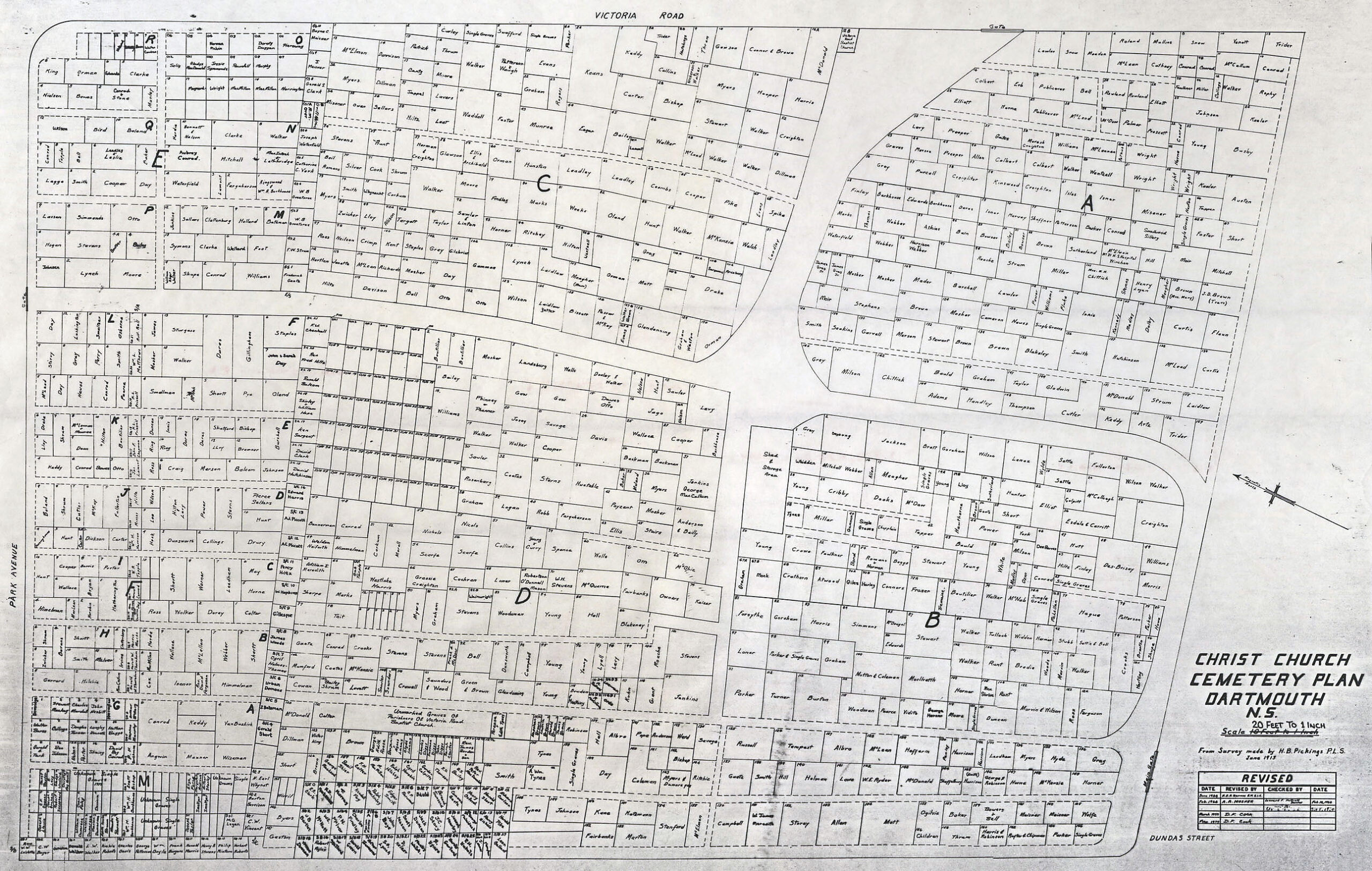
See also:
"Christ Church Cemetery", 1913. https://archives.novascotia.ca/maps/archives/?ID=1332
Amicitia Crescimus

Various Industrial ventures in Dartmouth are noted on this map including Imperial Oil, Acadia Sugar refinery, J.P. Mott & Co., Dartmouth Rolling Mills, Starr Manufacturing, Chebucto Marine Railway, Consumers Cordage Co., Willistons Steel Foundry and a proposed Dry dock and shipbuilding Plant for Tuft’s Cove.
“Metropolitan Halifax”, 1914. https://archives.novascotia.ca/maps/archives/?ID=1338
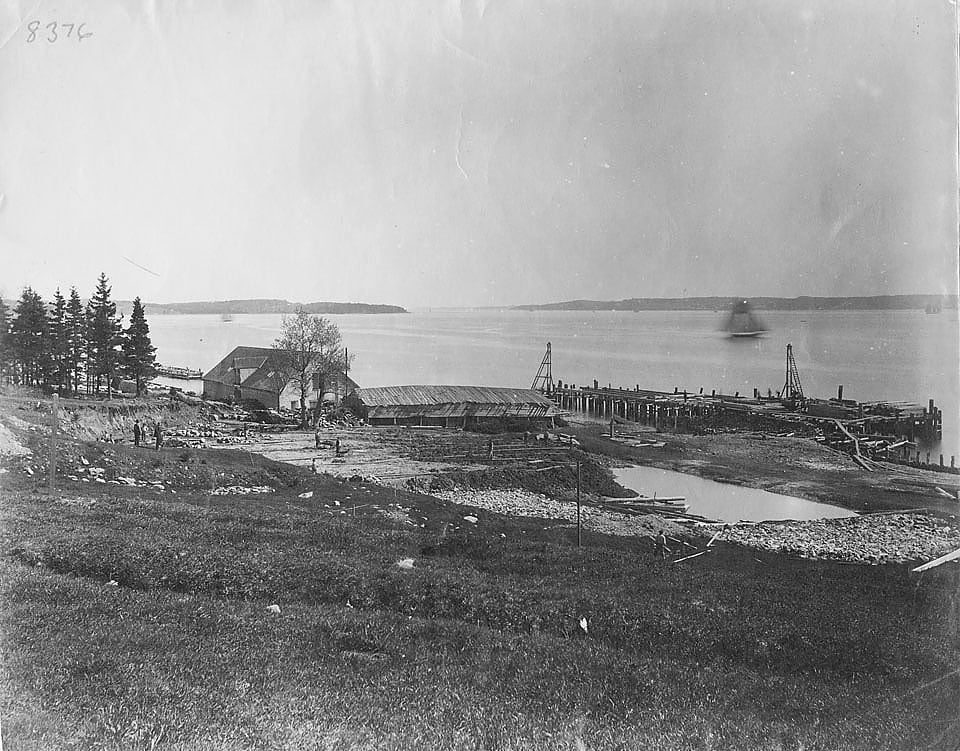
Acadia Sugar Refinery under construction, Dartmouth, Nova Scotia. 1883. https://archives.novascotia.ca/notman/archives/?ID=215

Acadia Sugar Refinery under construction, Dartmouth, Nova Scotia. 1883. https://archives.novascotia.ca/notman/archives/?ID=216

Acadia Sugar Refinery under construction, Dartmouth, Nova Scotia. 1883. https://archives.novascotia.ca/notman/archives/?ID=217

Acadia Sugar Refinery under construction, Dartmouth, Nova Scotia. 1883. https://archives.novascotia.ca/notman/archives/?ID=218

Acadia Sugar Refinery under construction, Dartmouth, Nova Scotia. 1883. https://archives.novascotia.ca/notman/archives/?ID=219

Acadia Sugar Refinery under construction, Dartmouth, Nova Scotia. 1883. https://archives.novascotia.ca/notman/archives/?ID=223

Acadia Sugar Refinery under construction, Dartmouth, Nova Scotia. 1883. https://archives.novascotia.ca/notman/archives/?ID=234

Acadia Sugar Refinery under construction, Dartmouth, Nova Scotia. 1883. https://archives.novascotia.ca/notman/archives/?ID=236

Acadia Sugar Refinery, Dartmouth, Nova Scotia, after the fire. February 1912. https://archives.novascotia.ca/notman/archives/?ID=324

Acadia Sugar Refinery, Dartmouth, Nova Scotia, after the fire. February 1912. https://archives.novascotia.ca/notman/archives/?ID=324

Acadia Sugar Refinery, Dartmouth, Nova Scotia. https://archives.novascotia.ca/notman/archives/?ID=858

Acadia Sugar Refinery, Dartmouth, Nova Scotia. (?) 1912-1927. https://archives.novascotia.ca/notman/archives/?ID=858

Acadia Sugar Refinery. Dartmouth, Nova Scotia. After 1912 fire, before 1927. https://archives.novascotia.ca/notman/archives/?ID=871

Acadia Sugar Refinery Dartmouth, Nova Scotia. https://archives.novascotia.ca/notman/archives/?ID=873
From The Story of Dartmouth, by John P. Martin:
THIS IS THE FIRST WOODSIDE REFINERY. It was projected by an English Company under the Presidency of George G. Dustin, who came from Scotland to live in the Fairbanks house about 1863. Completion of the Refinery came in 1881. All this time Mr. Dustin kept appealing for adequate sugar tariff protection.

Dartmouth Axe and Ladder Co.
“Dartmouth Axe and Ladder Co”, Gauvin & Gentzell. 1918. https://archives.novascotia.ca/connors/archives/?ID=615
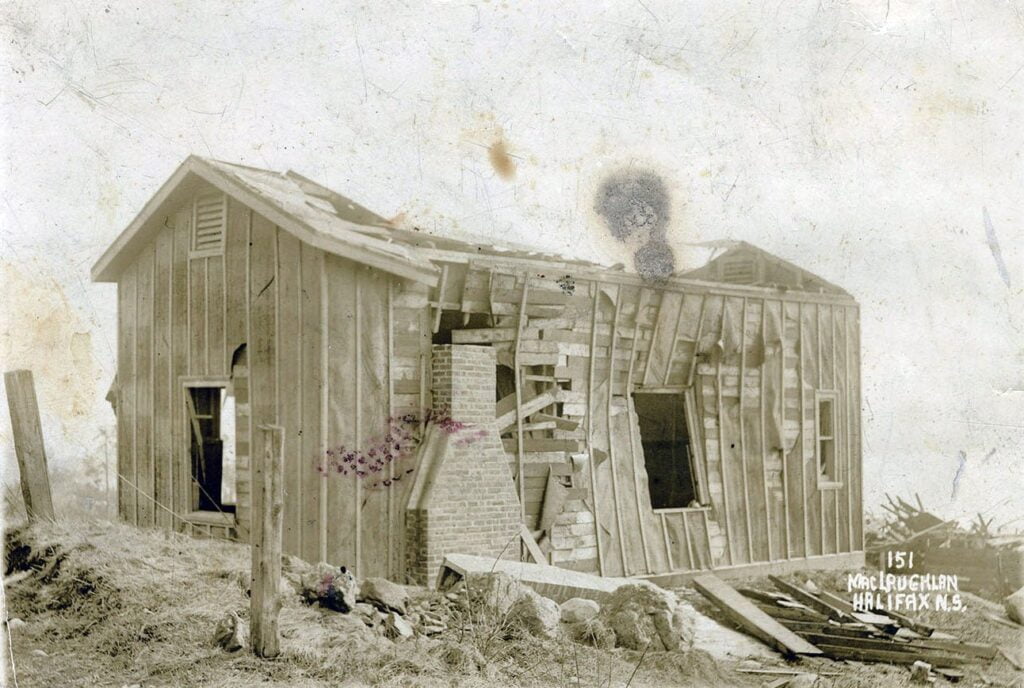
229 Windmill Road. https://archives.novascotia.ca/maclaughlan/archives/?ID=63
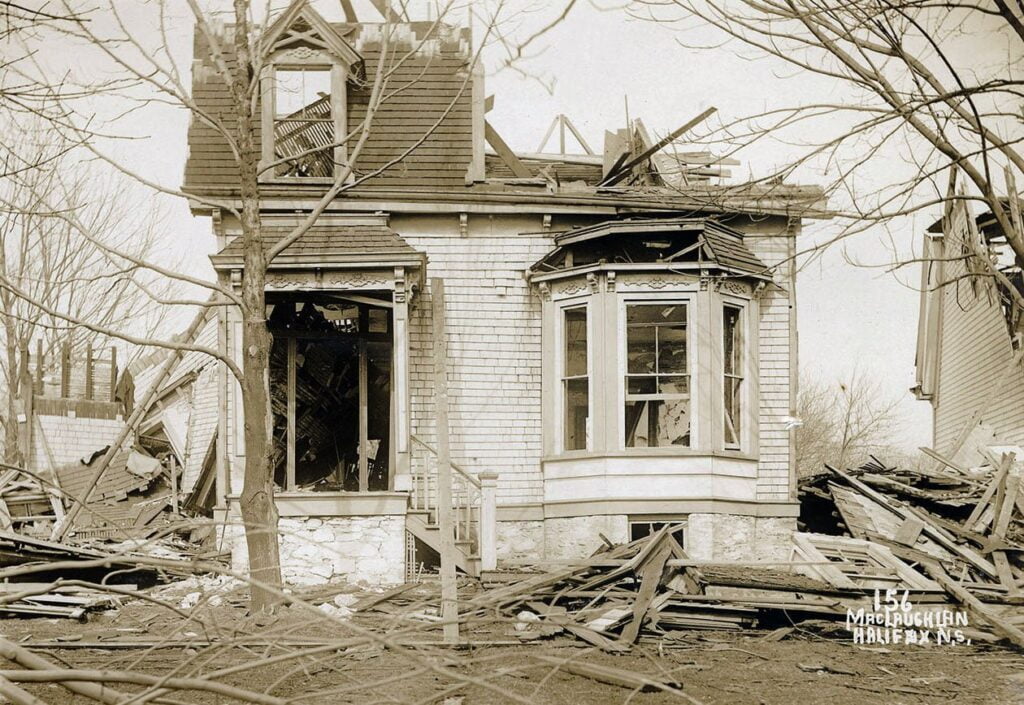
218 Windmill Road. https://archives.novascotia.ca/maclaughlan/archives/?ID=66
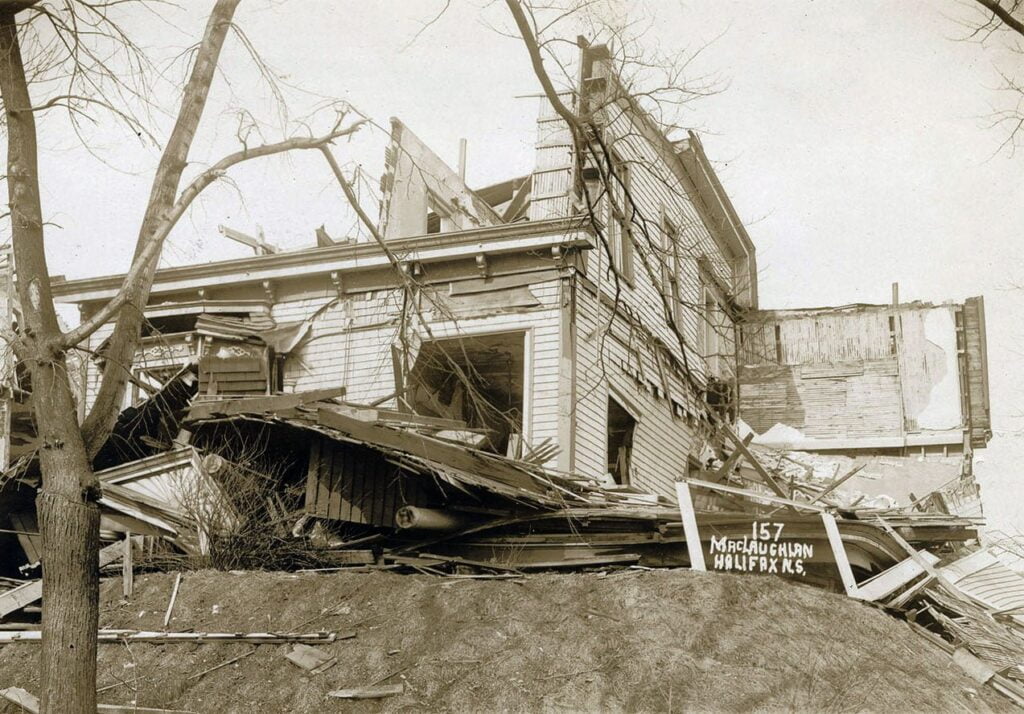
216 Windmill Road. [Mr. Forsythe’s home] https://archives.novascotia.ca/maclaughlan/archives/?ID=67

206 Windmill Road https://archives.novascotia.ca/maclaughlan/archives/?ID=80
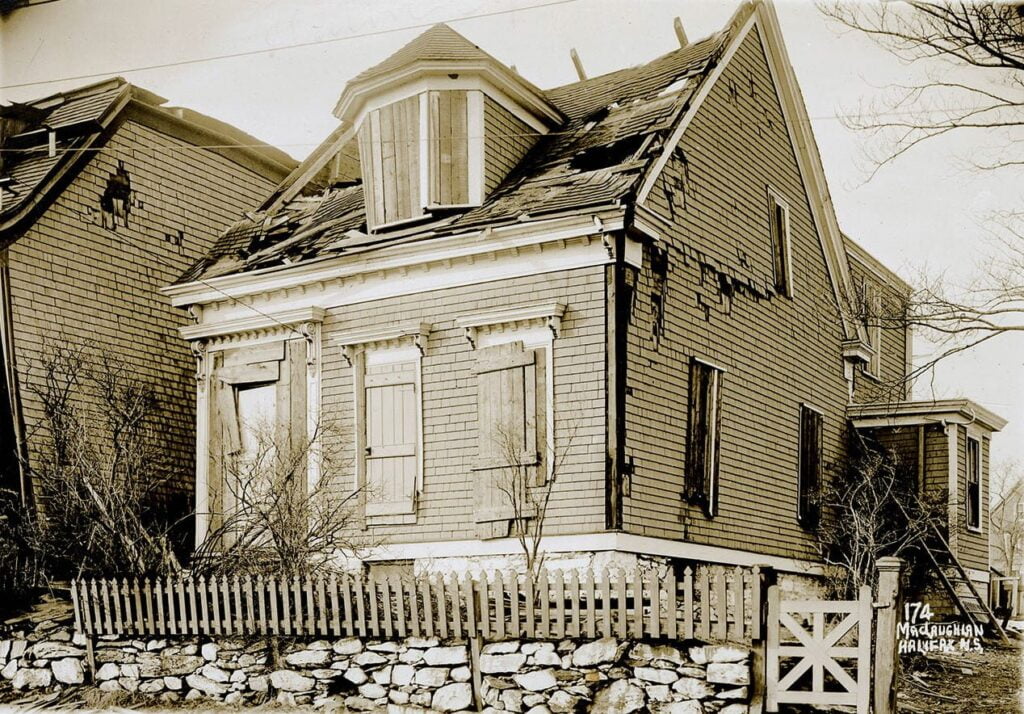
200 Windmill Road. https://archives.novascotia.ca/maclaughlan/archives/?ID=82
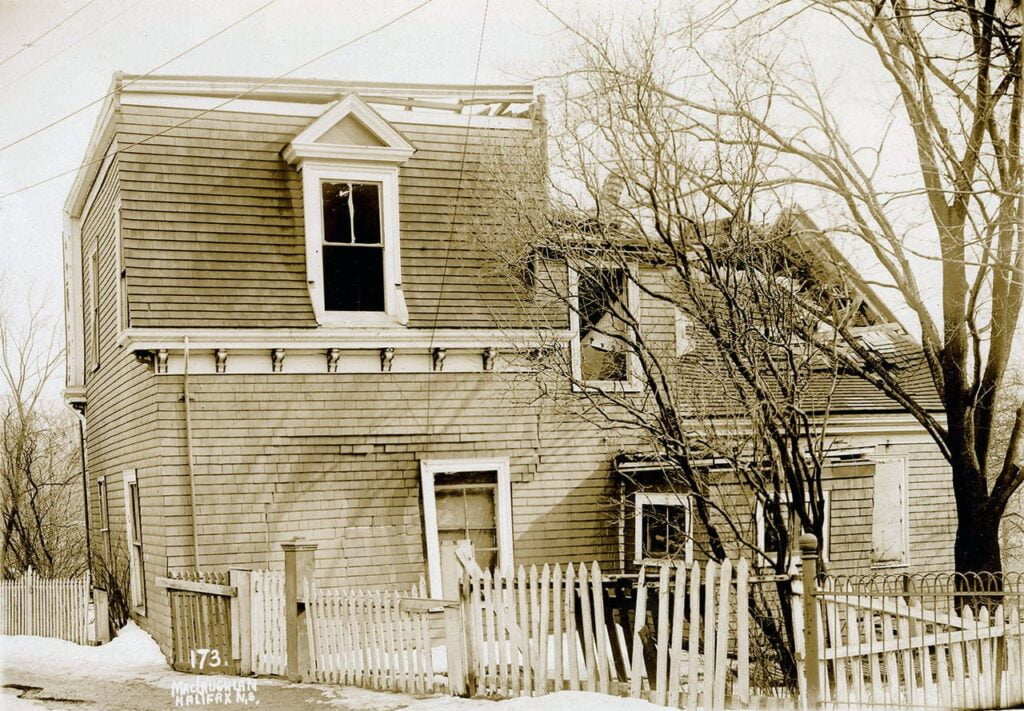
199 Windmill Road. https://archives.novascotia.ca/maclaughlan/archives/?ID=81
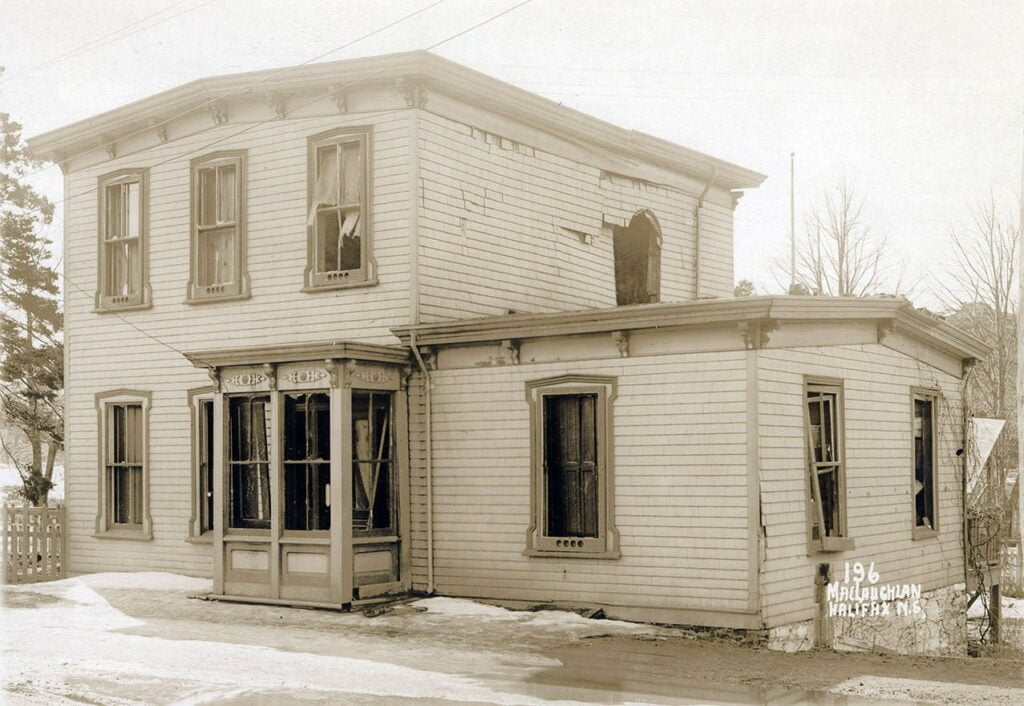
195 Windmill Road. https://archives.novascotia.ca/maclaughlan/archives/?ID=100
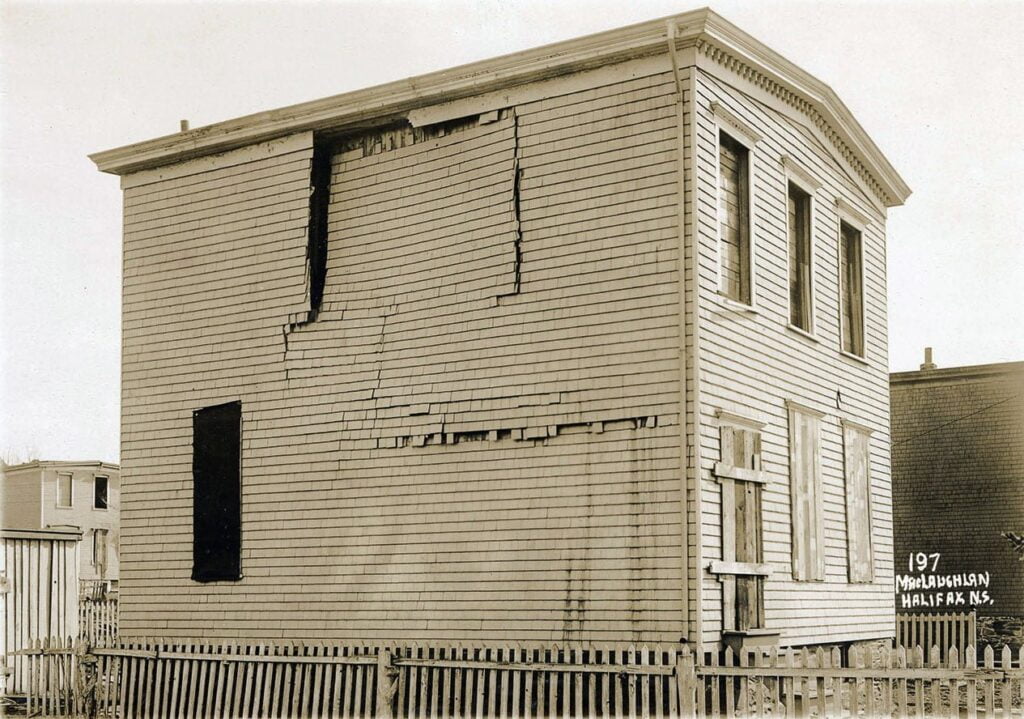
190 Windmill Road. https://archives.novascotia.ca/maclaughlan/archives/?ID=101

180-182 Windmill Road. https://archives.novascotia.ca/maclaughlan/archives/?ID=105
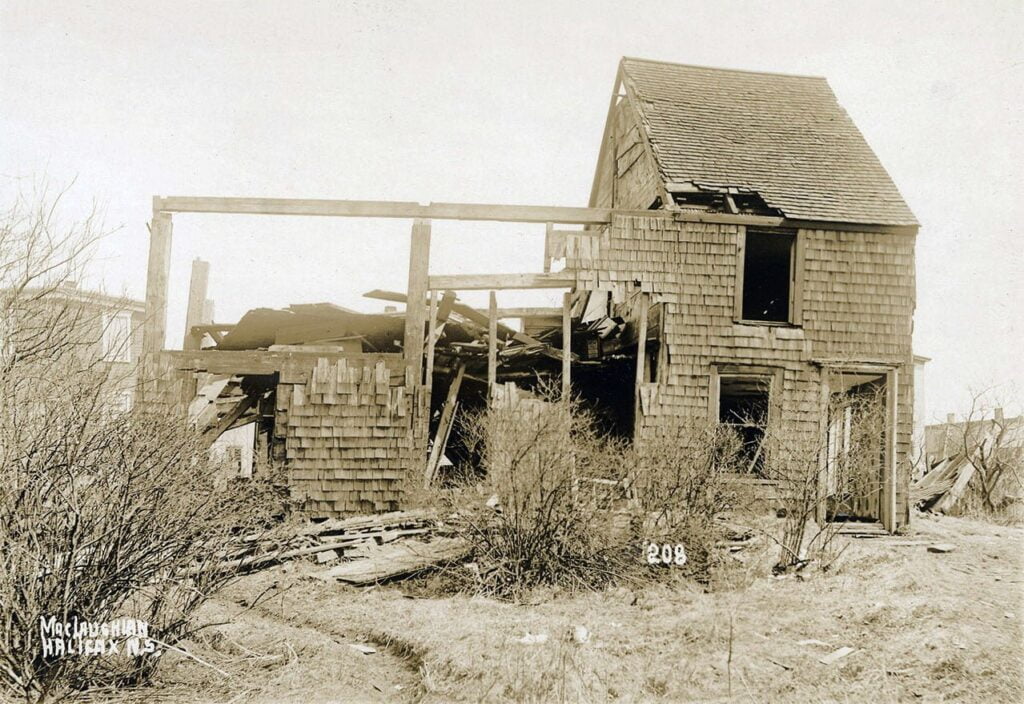
160 Windmill Road. https://archives.novascotia.ca/maclaughlan/archives/?ID=111
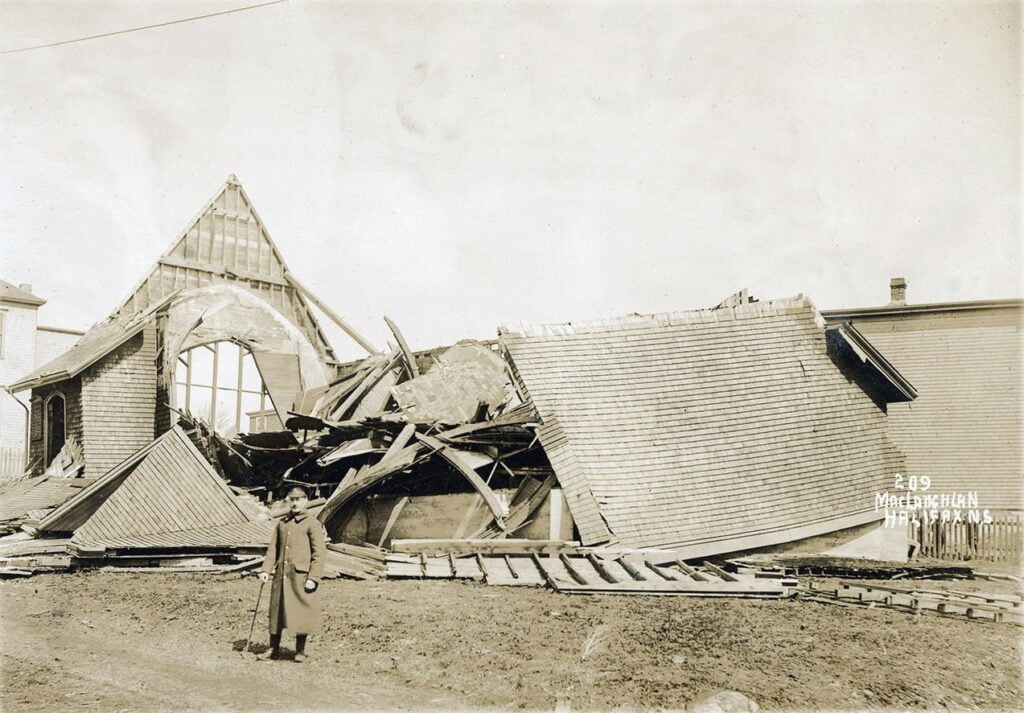
152 Windmill Road. [Emmanuel Church] https://archives.novascotia.ca/maclaughlan/archives/?ID=112
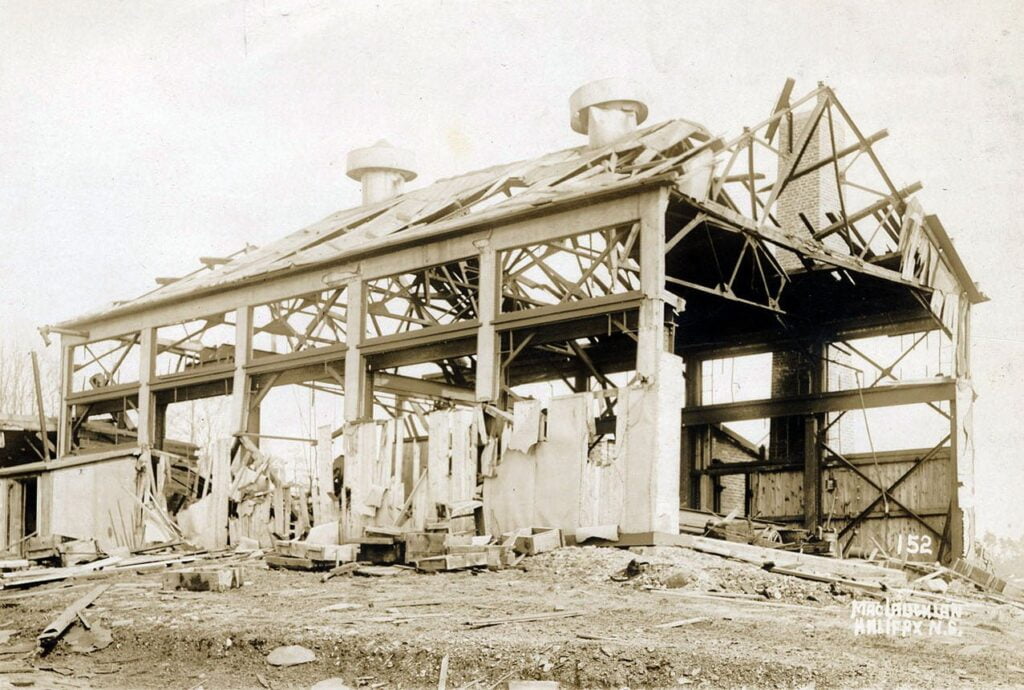
Williston Foundry, Grove Street. https://archives.novascotia.ca/maclaughlan/archives/?ID=64

11 Hester Street. https://archives.novascotia.ca/maclaughlan/archives/?ID=78

27 Hester Street. https://archives.novascotia.ca/maclaughlan/archives/?ID=77

32 Hester Street. https://archives.novascotia.ca/maclaughlan/archives/?ID=75
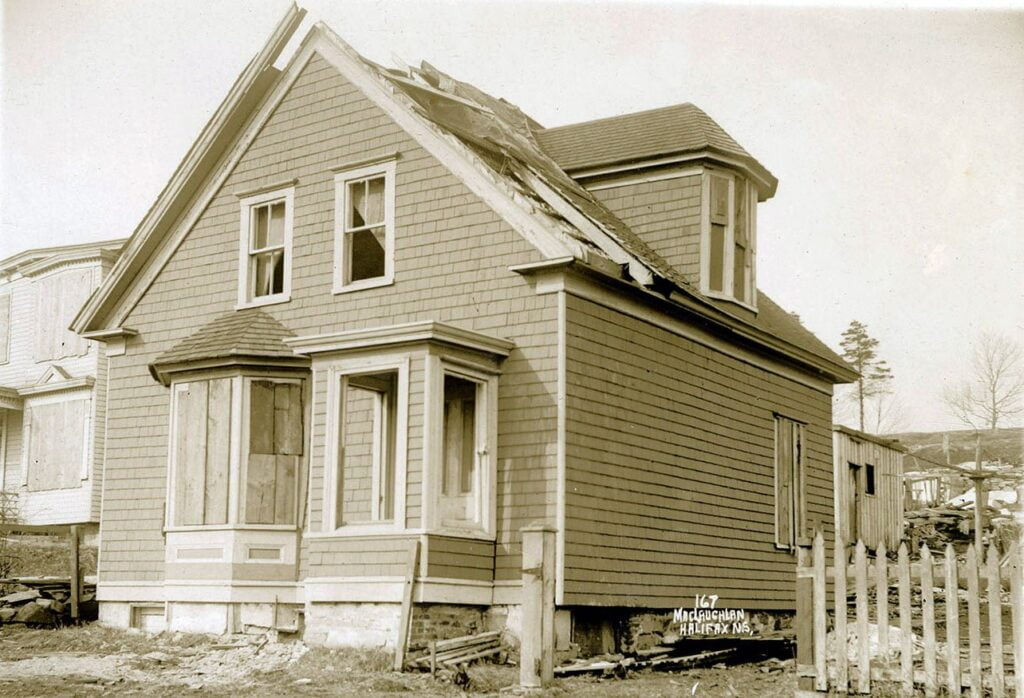
35 Hester Street. https://archives.novascotia.ca/maclaughlan/archives/?ID=76

45 Hester Street. https://archives.novascotia.ca/maclaughlan/archives/?ID=74

53 Hester Street. https://archives.novascotia.ca/maclaughlan/archives/?ID=68
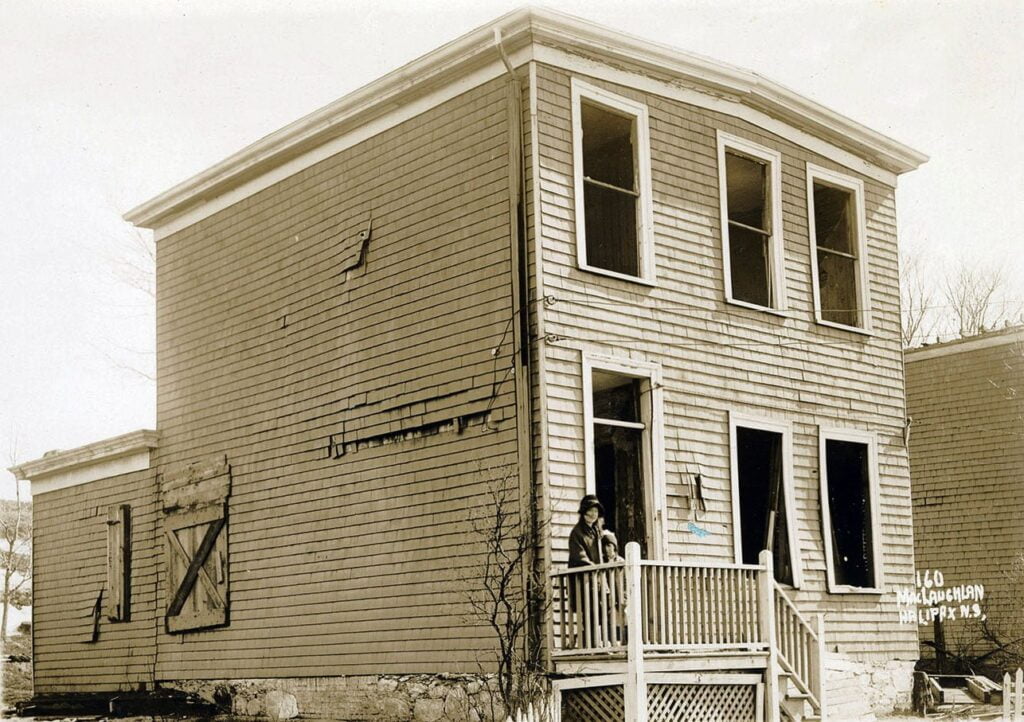

55 Hester Street. https://archives.novascotia.ca/maclaughlan/archives/?ID=69
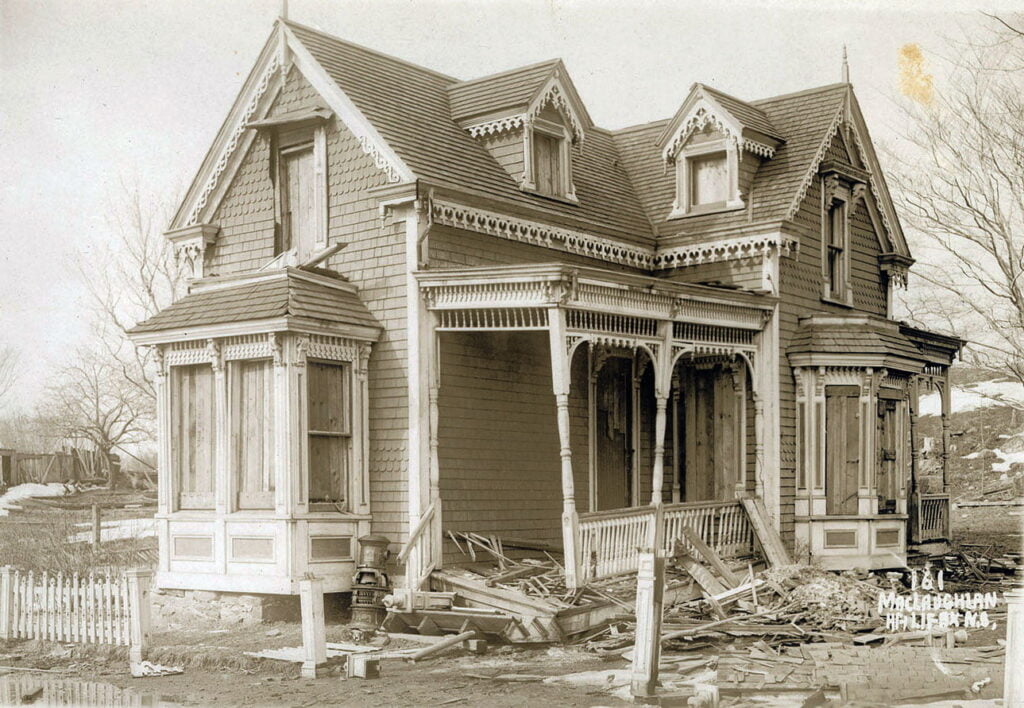
57 Hester Street. https://archives.novascotia.ca/maclaughlan/archives/?ID=70
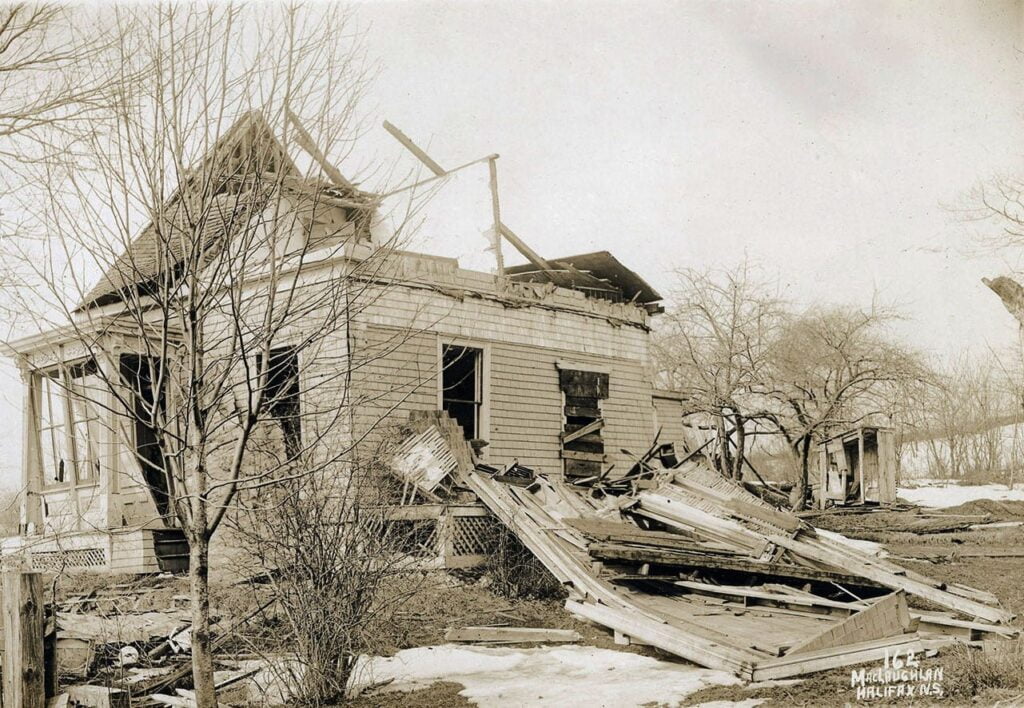
75 Hester Street. https://archives.novascotia.ca/maclaughlan/archives/?ID=71
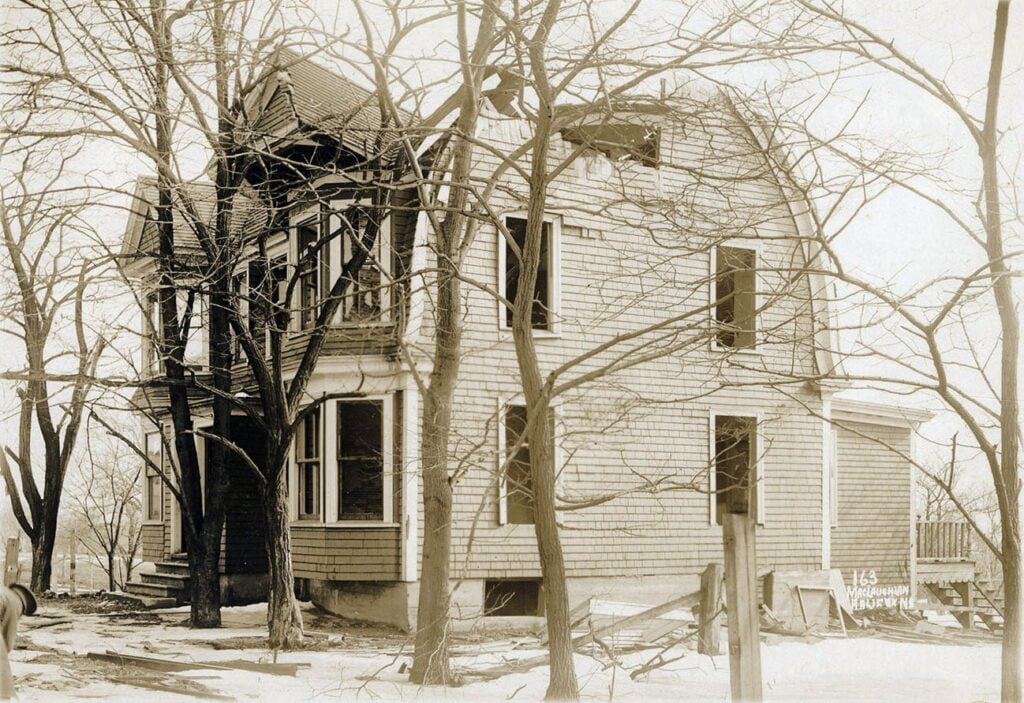
West side of Hester Street. https://archives.novascotia.ca/maclaughlan/archives/?ID=72
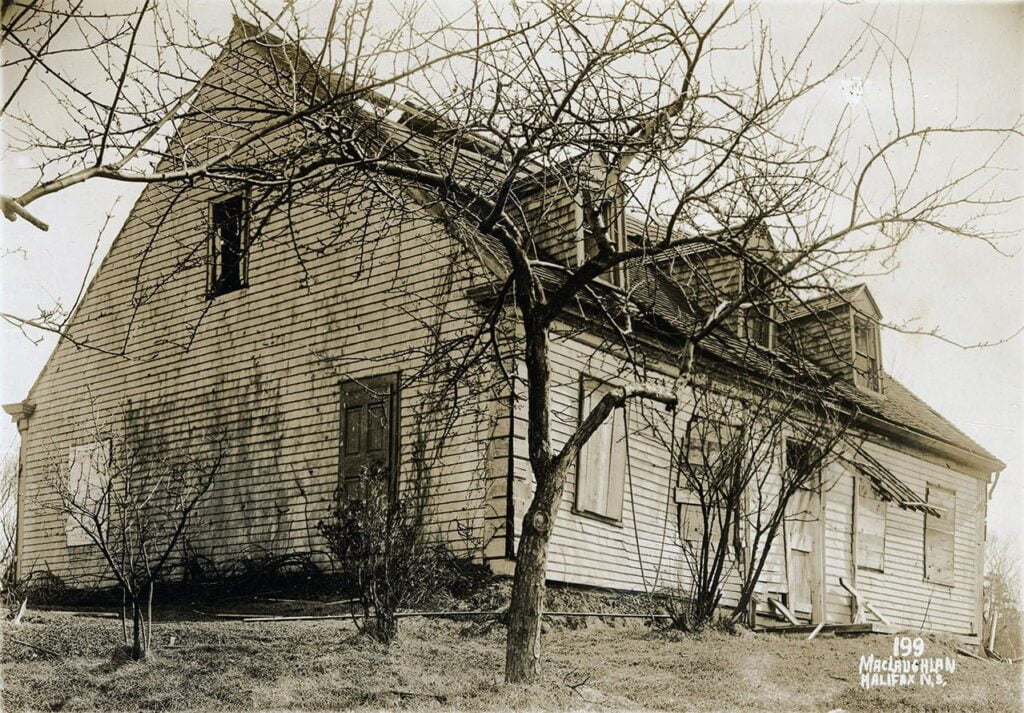
6 Jamieson Street. https://archives.novascotia.ca/maclaughlan/archives/?ID=103
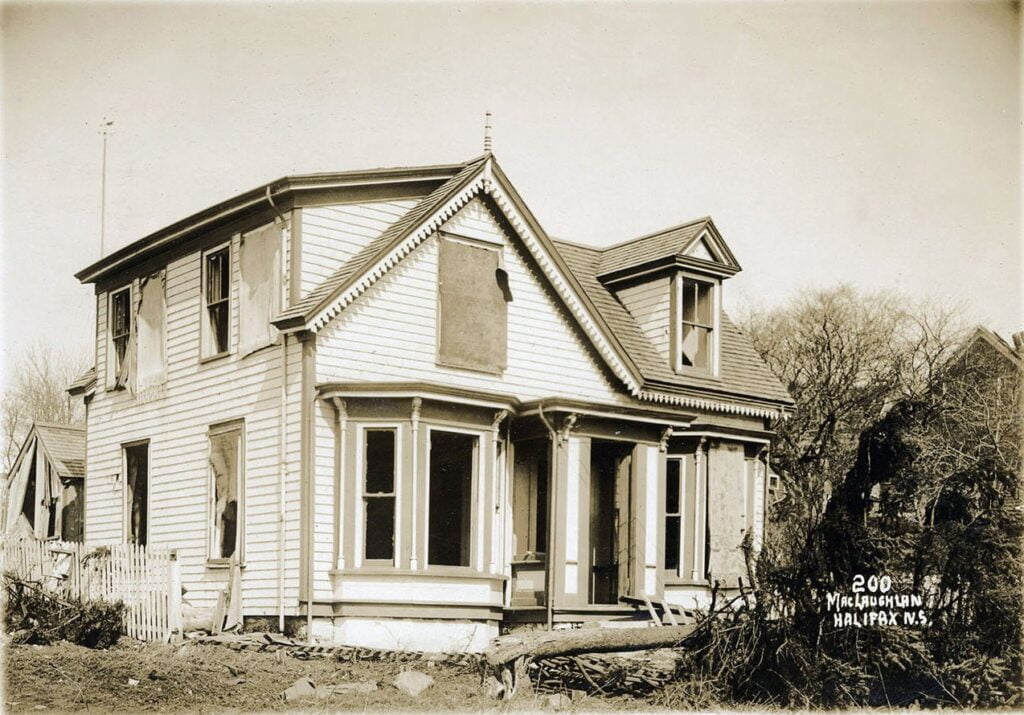
11 Jamieson Street. https://archives.novascotia.ca/maclaughlan/archives/?ID=104

14-16 Jamieson Street. https://archives.novascotia.ca/maclaughlan/archives/?ID=102
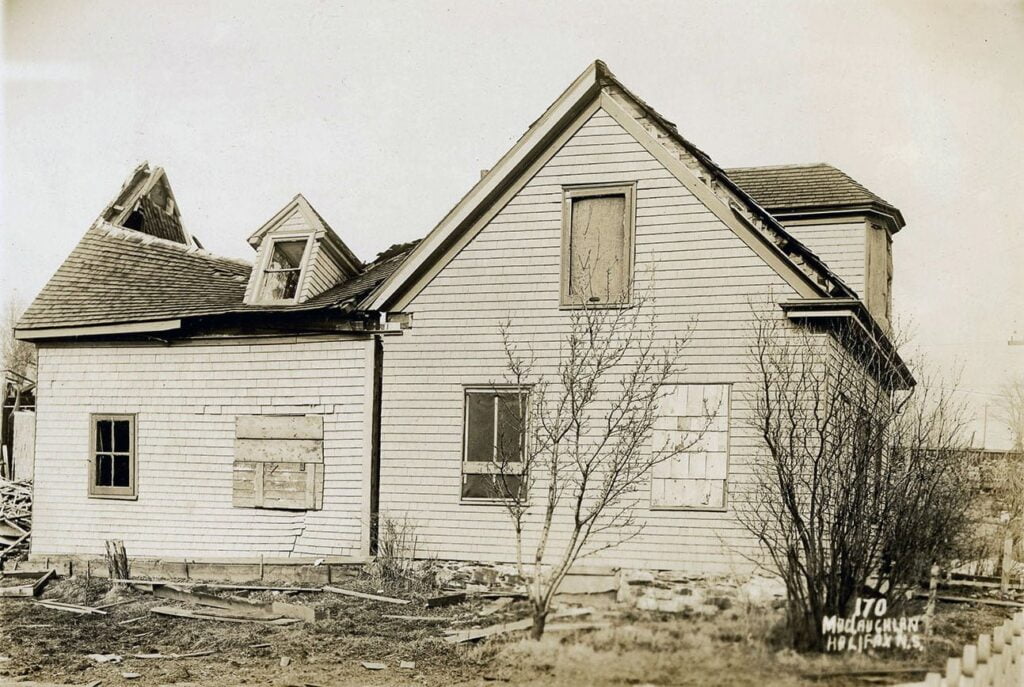
35 Jamieson Street. https://archives.novascotia.ca/maclaughlan/archives/?ID=79
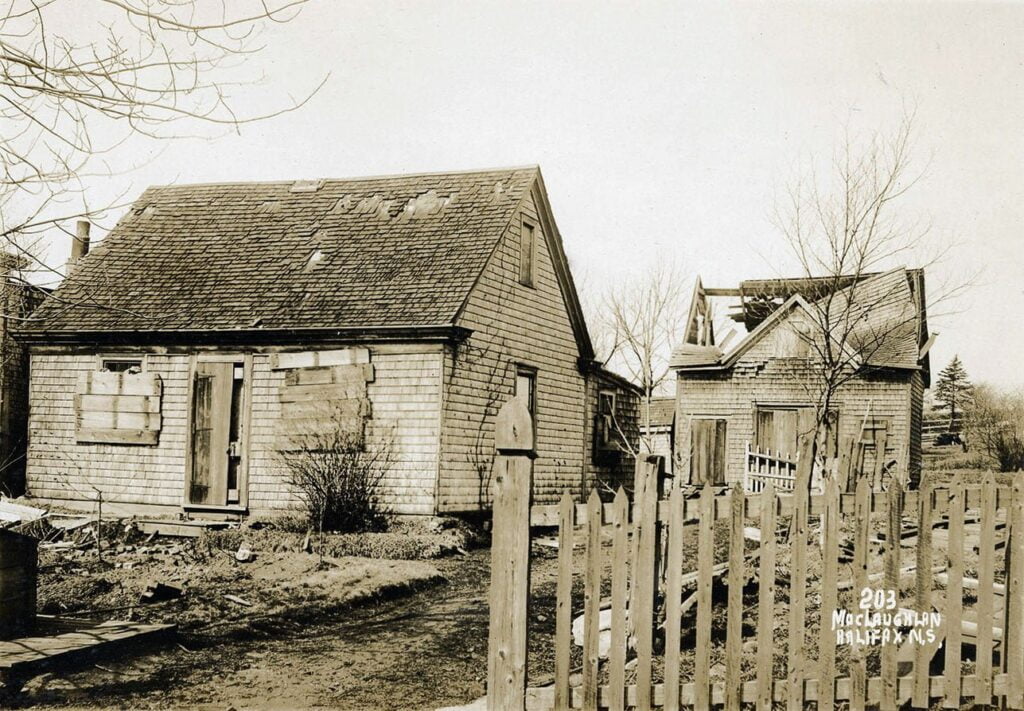
43 Jamieson Street. https://archives.novascotia.ca/maclaughlan/archives/?ID=106


Corner of Wyse Road and Pelzant Street. https://archives.novascotia.ca/maclaughlan/archives/?ID=107
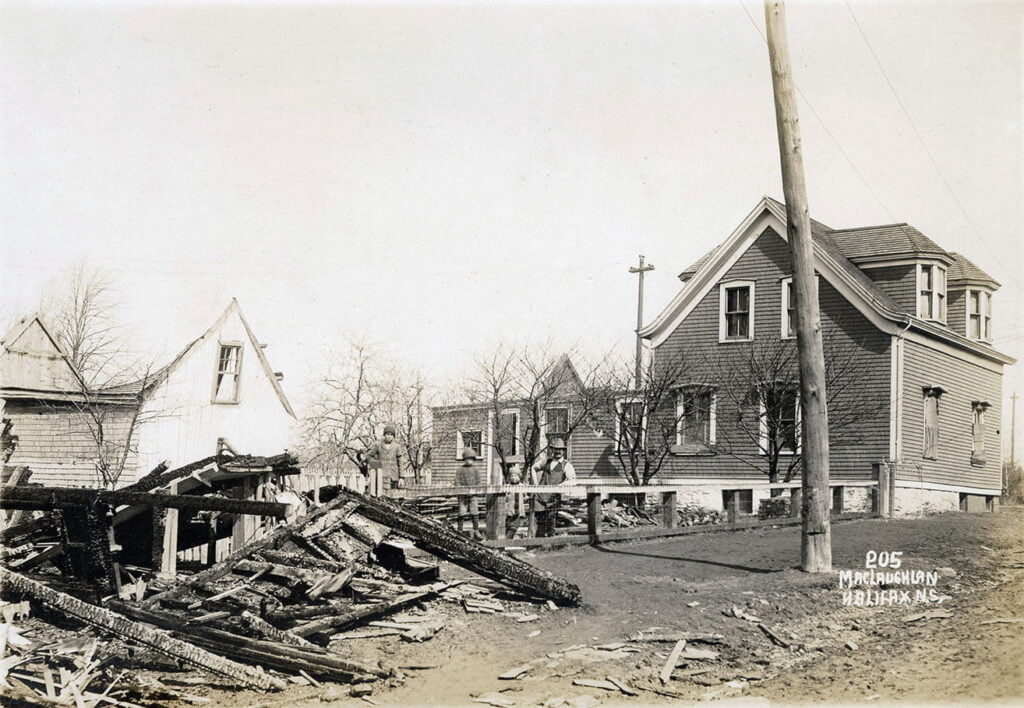

Pelzant Street. https://archives.novascotia.ca/maclaughlan/archives/?ID=108

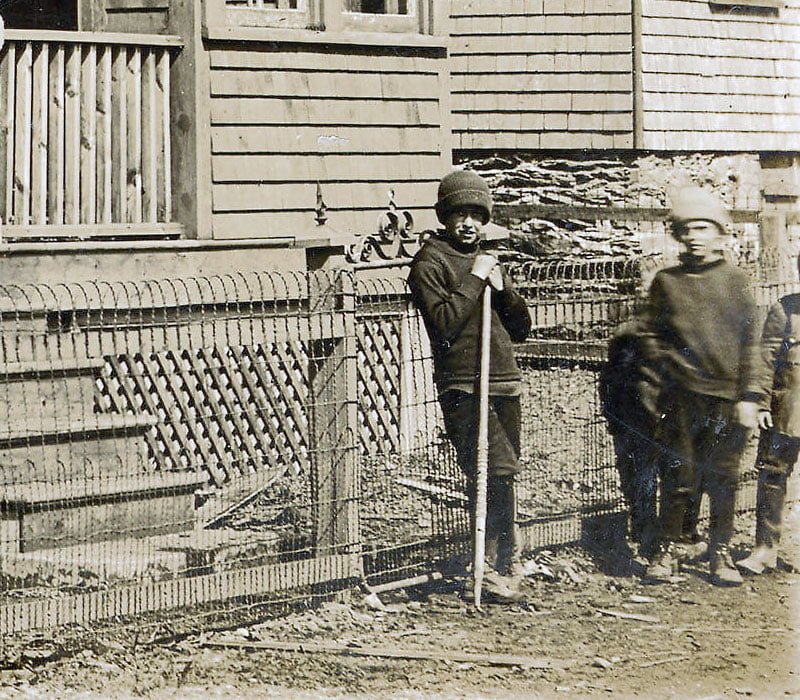
15 Pelzant Street. https://archives.novascotia.ca/maclaughlan/archives/?ID=110

22 John Street. https://archives.novascotia.ca/maclaughlan/archives/?ID=109
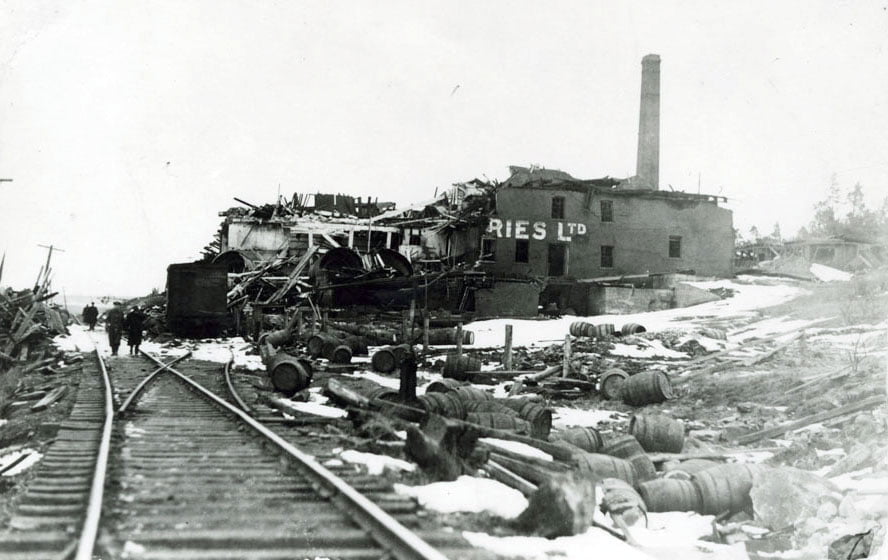
Turtle Grove Breweries, Oland. https://archives.novascotia.ca/photocollection/archives/?ID=6222
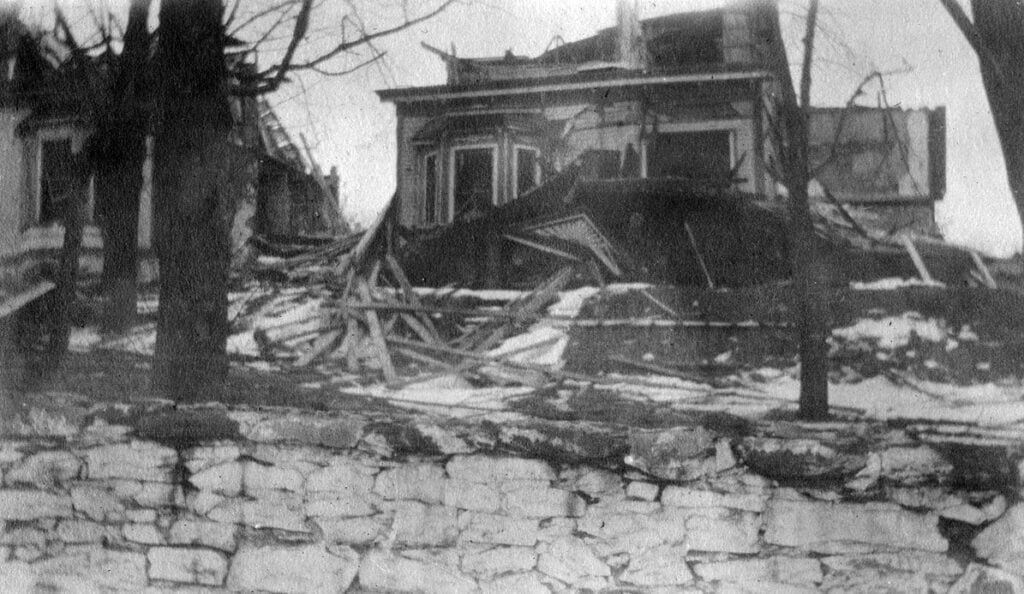
Mr. Forsythe’s home Windmill Road, Dartmouth after Halifax Explosion. [216 Windmill Road] https://archives.novascotia.ca/creighton/archives/?ID=279

Mr. Forsythe’s home Windmill Road, Dartmouth after Halifax Explosion. [216 Windmill Road] https://archives.novascotia.ca/creighton/archives/?ID=280
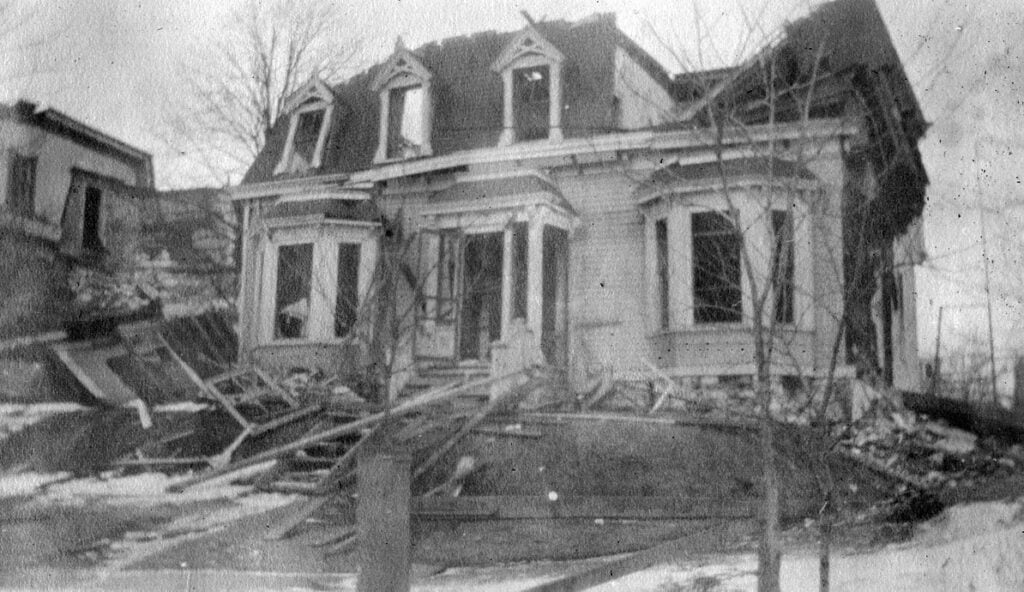
Mr. Forsythe’s home Windmill Road, Dartmouth after the Halifax Explosion. [216 Windmill Road] https://archives.novascotia.ca/creighton/archives/?ID=281

Dartmouth. Ruins of Emmanuel Church after the Halifax Explosion. [152 Windmill Road] https://archives.novascotia.ca/creighton/archives/?ID=282
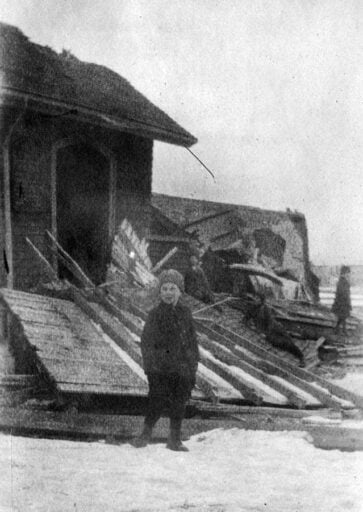
Dartmouth. Emmanuel Church after Halifax Explosion. [152 Windmill Road] https://archives.novascotia.ca/creighton/archives/?ID=284
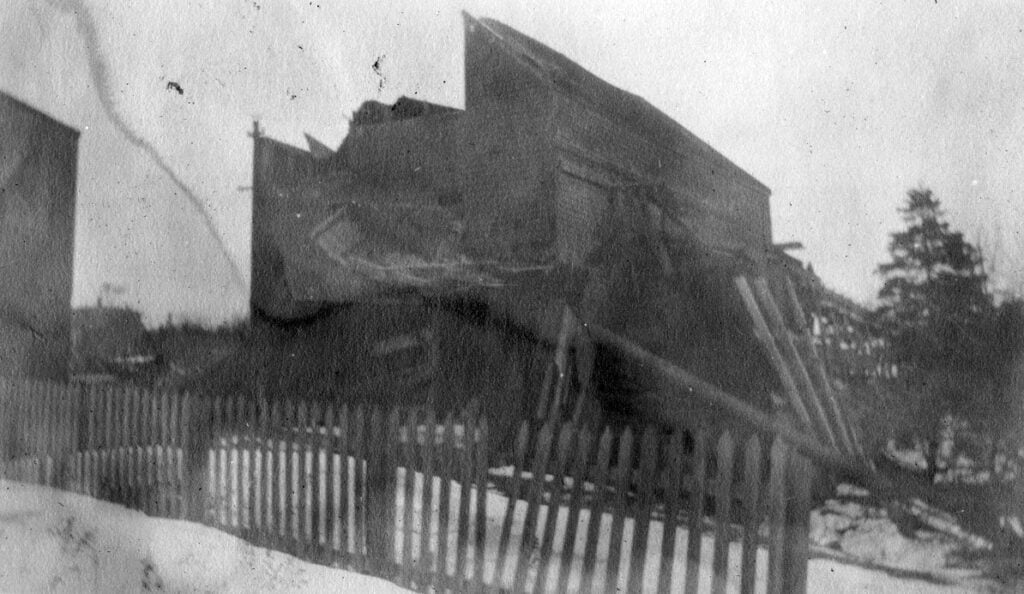
Dartmouth. Crathone’s Mill after the Halifax Explosion. https://archives.novascotia.ca/creighton/archives/?ID=283
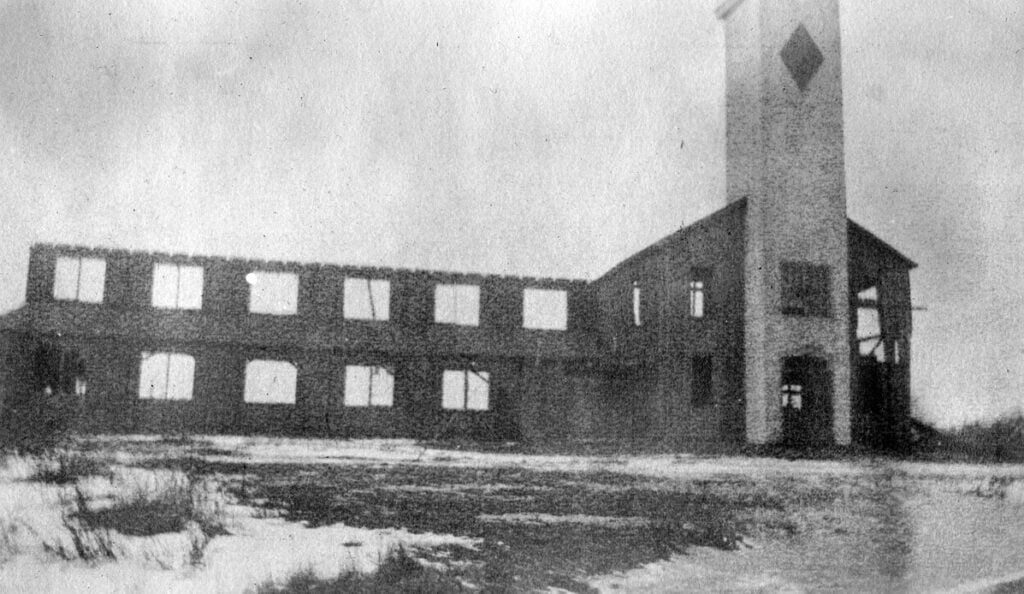
Dartmouth Rink after Halifax Explosion. [Site of Sportsplex today] https://archives.novascotia.ca/creighton/archives/?ID=285
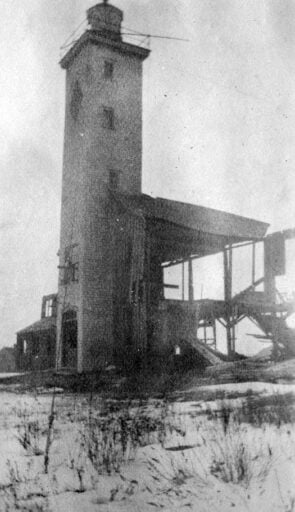
Dartmouth Rink after Halifax Explosion. [Site of Sportsplex today] https://archives.novascotia.ca/creighton/archives/?ID=287
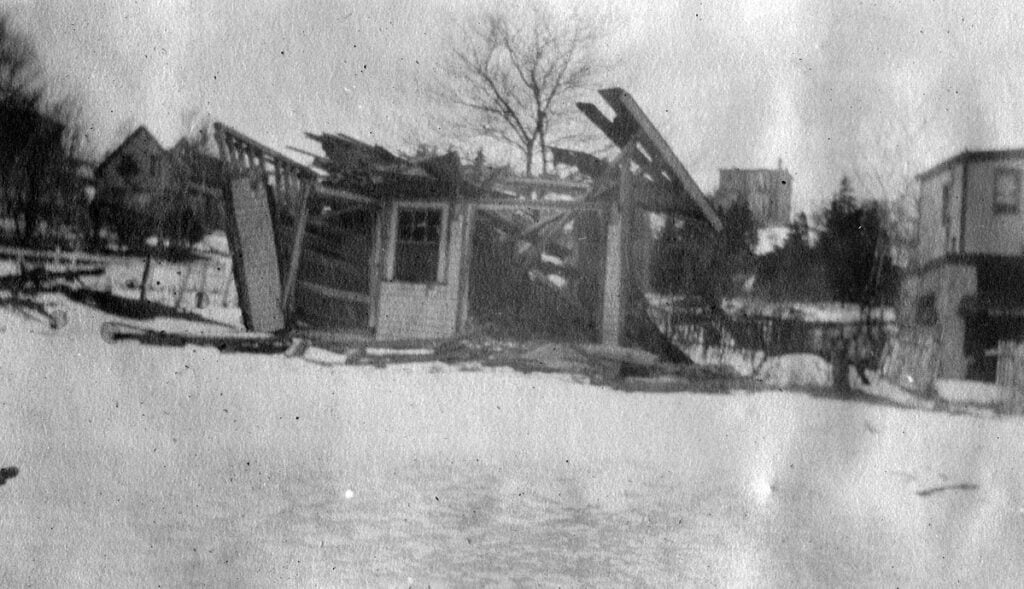
Store in north end of Dartmouth after Halifax Explosion. https://archives.novascotia.ca/creighton/archives/?ID=286
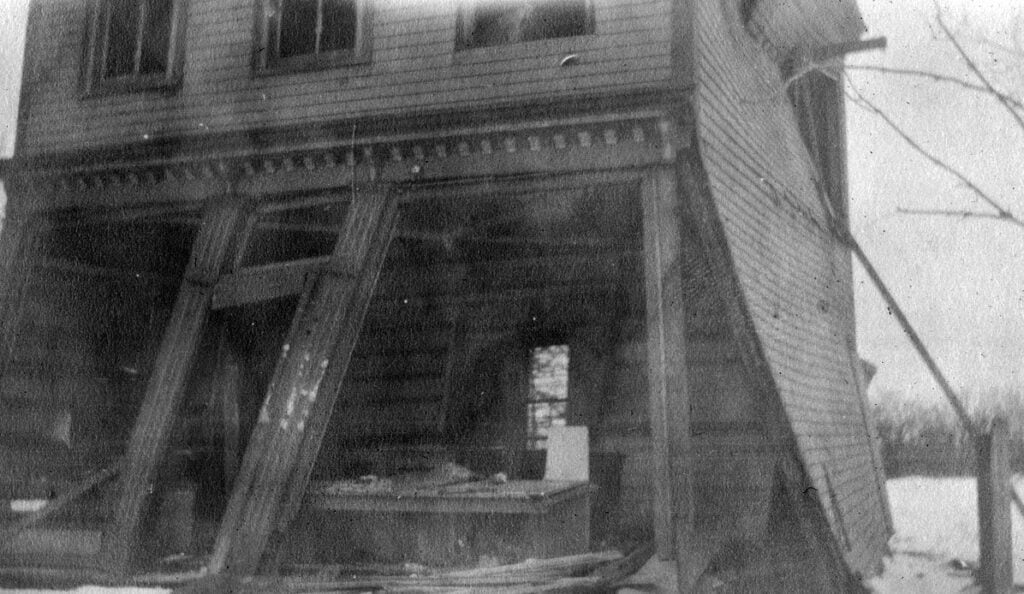
After Halifax disaster. Store in north end of Dartmouth. 6 December 1917. https://archives.novascotia.ca/creighton/archives/?ID=278
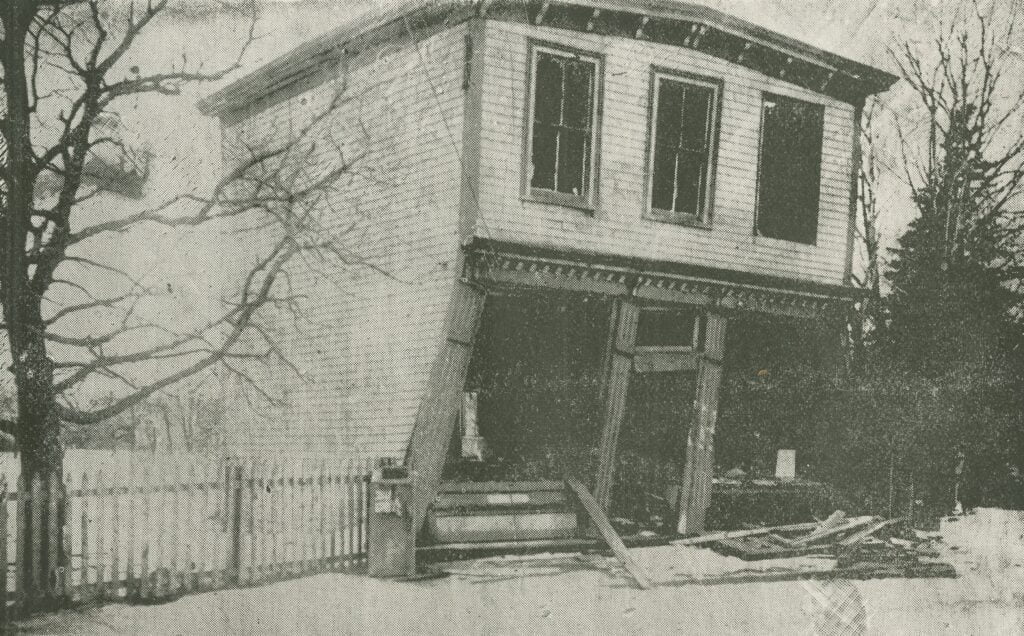
“North End grocery store occupied by Robt. Dares, corner of Windmill Road and Jamieson street, 1917”
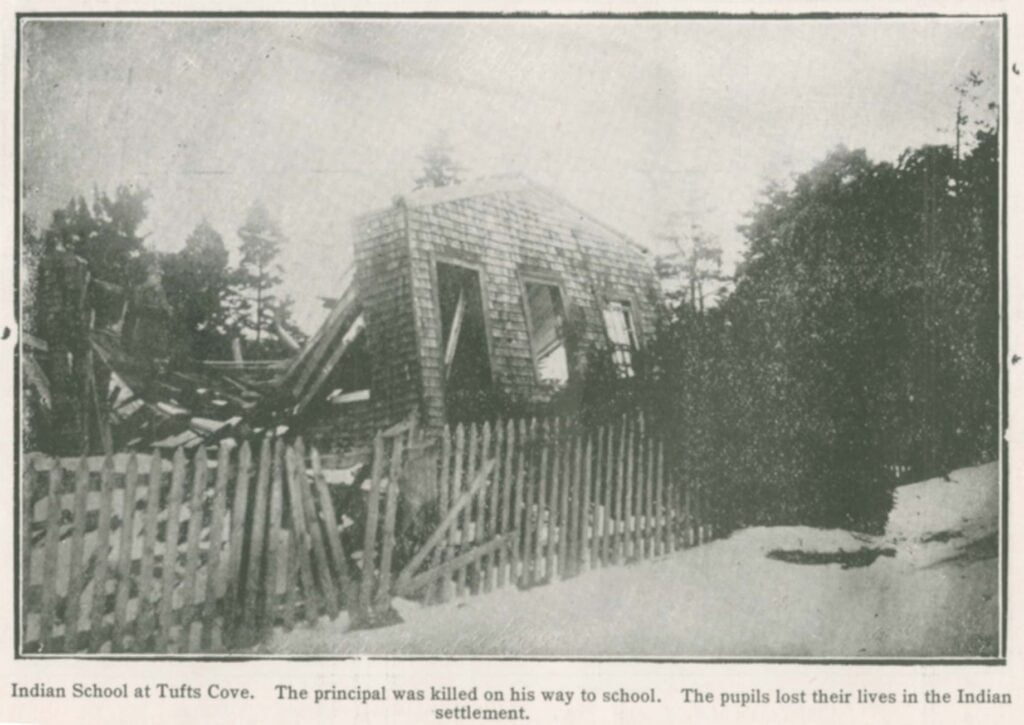
“[Mi’kmaq] School at Tufts Cove. The Principal was killed on his way to school. he puils lost their lives in the [Mi’kmaq] settlement.”

“Wrecked Houses in Dartmouth, Opposite scene of explosion, 1918.”

“Showing the devastation and havoc wrought in north end of Dartmouth, 1917.”
The General Mining Association’s monopoly in Nova Scotia, which lasted until 1857, was a contentious issue, eventually leading to its surrender of exclusive rights to coal seams in specific areas. This event marked the beginning of a new phase in the coal industry. Despite Nova Scotia’s long history of coal mining, its industrial and manufacturing development has lagged behind expectations.
While the province has significant coal resources, it has not fully capitalized on them, primarily exporting raw materials instead of developing manufacturing industries. This discrepancy is attributed to various factors, including economic and political causes. Nova Scotia’s coal districts have not demonstrated the manufacturing enterprise typical of coal-rich regions in other countries. Thus, this official report from Ottawa concludes, Nova Scotia has remained more of a mining camp than a thriving industrial center, despite its potential.
“The monopoly of the General Mining Association was a source of great irritation to the people of Nova Scotia, and the events leading to what was then known as “the breaking of the Duke of York’s lease” form one of the most interesting chapters of the development of responsible government in Nova Scotia. After a fight extending over many years, the General Mining Association, in 1857, surrendered its claim to all the mines and minerals of the Province, and was given an exclusive right to all the coal seams in certain specified areas situated in the Sydney, Pictou, and Cumberland fields: coinciding more or less exactly with the areas owned by the Acadia Coal Company at the Albion Mines; the areas operated by the Dominion Coal Company at Springhill Mines; and the areas operated in the Sydney coalfield by the Dominion Coal Company and the Nova Scotia Steel & Coal Company.
With the year 1858, a new phase of the coal industry commenced. By the settlement of the long-standing dispute,
. . . the Province was freed from the monopoly of coal, which the Association had enjoyed for thirty years; secured in the control and possession of all the other mines and minerals — now open to the enterprise of its people — and relieved from the constant discussion of an irritating subject, which had long disturbed the harmony of the Assembly, affected the peace and welfare of the country, and threatened to lead to a painful and injurious embroilment with the British Government”
“Nova Scotia, as a province, has not reached the stage of industrial and manufacturing activity that should have accompanied a coal mining industry 100 years old; an industry that up to 1890 produced three-fourths of the coal mined in Canada, and, today, notwithstanding the vast coal resources of the west, is producing well over half the coal tonnage of Canada.
A perusal of the pages of Dawson, Haliburton, and other great Nova Scotians, reveals a tremendous optimism concerning the commercial possibilities of Nova Scotia; and even, today, it is not easy to find any flaw in the reasoning of these far-sighted men. Yet it must be confessed the potentialities of Nova Scotia have been but meagerly realized. Take away the steel industry from Nova Scotia, and what other manufacturing activity has the Province to show as a reflex of the production of 7,000,000 tons of coal annually?
In the progressive communities of New Glasgow, Truro, and Amherst, there exists the nucleus of manufactories, textile, wood-working, and leather trades, but how poorly they compare with the industries of Montreal and Toronto.
The coal mined in Nova Scotia has, for generations, gone to provide the driving power for the industries of New England, Quebec, and Ontario, and has, in large part, been followed by the youth and energy of the Province. For almost a century, Nova Scotia has been exporting the raw material that lies at the base of all modern industry, and it is at least a legitimate subject for thought whether it would not have been possible to export manufactured articles, and to have utilized the raw material within the province, to some extent at least, where safe and roomy harbours, and inexpensive water transportation give facilities for the assemblage of raw materials, and for the distribution of manufactured goods, in no way inferior to the other ports that border the North Atlantic coast.
What combination of physical and political causes has brought about this condition of affairs cannot here be dealt with, but no consideration of the economic aspects of the coal industry of Nova Scotia would be just which did not point out the fact that the coal districts of Nova Scotia have not evinced the manufacturing enterprise that is a commonplace feature of coal-fields situated in civilized countries, as for example, Pennsylvania, the British Midlands, Westphalia, Silesia, and Belgium. Briefly, Nova Scotia has achieved the status of a mining camp, whereas its full stature should be that of a metropolis of industry.
Gray, F. W. (Francis William), 1877-1958; Canada Mines Branch. “The coal-fields and coal industry of eastern Canada: a general survey and description” 1917 Ottawa : Govt. Print. Bureau. https://archive.org/details/cihm_82336/mode/2up
“A change has come over the Imperial aspect of the Province since the Dominion Government took over the naval and military defenses of Halifax from the Mother Country. I found Halifax, with its Citadel crowned slopes, its wooden houses, its tree lined avenues bathed in glowing summer sunshine, but Haligonian society with no sunshine in its heart. “Where are the tars of yester-year?” the belles of Halifax seemed to be saying. “Where are the gallant captains, commanders, lieutenants, sub-lieutenants, and middies whom we waltzed, and flirted, and played tennis, and acted and boated within the Northwest arm?” I was prepared for this, but not for a similar complaint with regard to the British Army. For on parade, at church, at the Halifax Club, were not the regulation uniforms denoting the British officer as much in evidence as ever? “Oh, those!” was the supercilious rejoinder of one fair damsel, lying back in a canoe on the shores of Bedford Basin; “they don’t count. They’re Canadians.” … “I’m sorry the fellow was offended; but nobody interests me who reaches Nova Scotia by land.”
Willson, Beckles, 1869-1942. Nova Scotia: the Province That Has Been Passed By,. London: Constable & Co., Ltd., 1911. https://hdl.handle.net/2027/yale.39002009522237
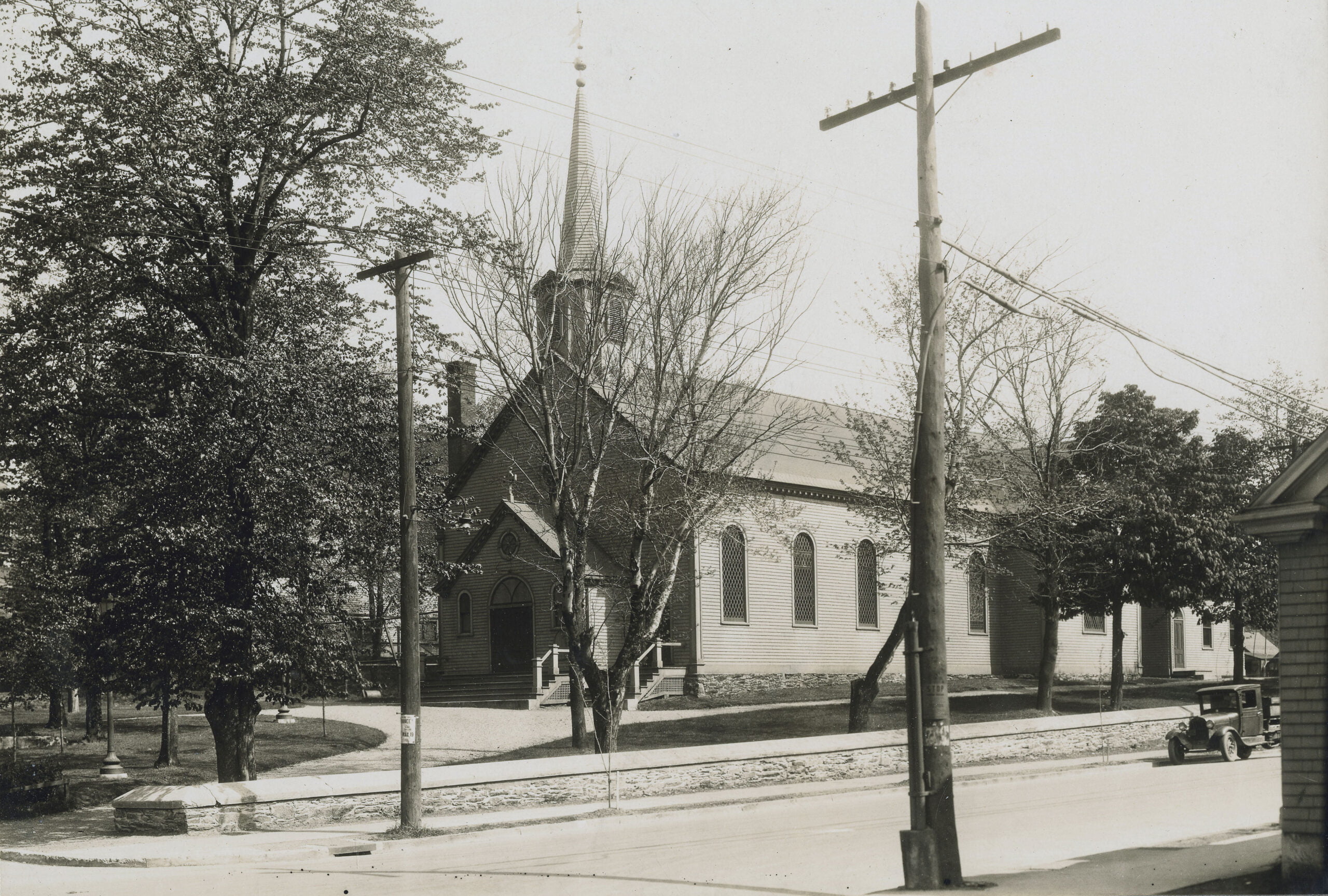
- When Halifax was first settled, this side of the harbor was the home and hunting ground of the [Mi’kmaq].
- Soon after the settlement of Halifax, Major Gillman built a saw mill in Dartmouth Cove on the stream flowing from the Dartmouth lakes.
- On September 30th 1749, [Mi’kmaq] attacked and killed four and captured one out of six unarmed men who were cutting wood near Gillman’s mill.
- In August 1750, the Alderney, of 504 tons, arrived at Halifax with 353 immigrants, a town was laid out on the eastern side of the harbor in the autumn, given the name of Dartmouth, and granted as the home of these new settlers.
- A guard house and military fort was established at what is still known as Blockhouse hill [—the hill on King Street, at North].
- In 1751 [Mi’kmaq] made a night attack on Dartmouth, surprising the inhabitants, scalping a number of the settlers and carrying off others as prisoners.
- In July 1751, some German emigrants were employed in picketing the back of the town as a protection against the [Mi’kmaq].
- In 1752, the first ferry was established, John Connor, of Dartmouth, being given the exclusive right for three years of carrying passengers between the two towns.
- Fort Clarence was built in 1754.
- In 1758 the first Charles Morris, the Surveyor General, made a return to Governor Lawrence giving a list of the lots in the town of Dartmouth.
- In 1762 the same Charles Morris wrote: “The Town of Dartmouth, situate on the opposite side of the harbour, has at present two families residing there, who subsist by cutting wood.”
- In 1785 three brigantines and one schooner with their crews and everything necessary for the whale fishery arrived, and twenty families from Nantucket were, on the invitation of Governor Parr, settled in Dartmouth. These whalers from Nantucket were Quakers in religion. Their fishing was principally in the Gulf of St. Lawrence which then abounded with black whales.
- In 1788 a common of 150 acres [—200 acres, in keeping with with the New England tradition of “200 acres for a common, sixty acres for a Town Site“, (1808 Toler map overlay) and certain tracts for a meeting house, cemetery, school”] was granted Thomas Cochran, Timothy Folger and Samuel Starbuck in trust for the town of Dartmouth. When these good Quakers left, Michael Wallace, Lawrence Hartshorne, Jonathon Tremaine, all subsequently members of Christ Church, were made trustees [in 1798]. Acts relating to this common were passed in 1841, 1868 and 1872, and the present Dartmouth Park Commission was appointed in 1888.
- In 1791 the idea of building a canal between the Shubenacadie river and Dartmouth by utilizing the lakes, a plan which originated with Sir John Wentworth, was brought before the legislature. The Shubenacadie Canal company was incorporated in 1826.
- In 1792 most of the Quakers left Dartmouth. One at least, Seth Coleman, ancestor of the Colemans of today, remained.
- In early days Lawrence Hartshorne, Johnathon Tremain and William Wilson all Churchmen, carried on grist-mills at Dartmouth Cove. At a ball given by Governor Wentworth on December 20th, 1792, one of the ornaments on the supper table was a reproduction of Messrs. Hartshorne and Tremain’s new flour mill.
- Many French prisoners of war were brought here off the prizes brought to the port of Halifax. Some were confined in a building near the cove, which now forms part of one of the Mott factories.
- In 1797 “Skipper” John Skerry began running a public ferry between Halifax and Dartmouth.
- In 1809 Dartmouth contained 19 houses, a tannery, a bakery and a grist-mill.
- In 1814 Murdoch relates that “Sir John Wentworth induced Mr. Seth Coleman to vaccinate the poor persons in Dartmouth, and throughout the township of Preston adjoining. He treated over 400 cases with great success.”
- The team boat Sherbrooke made her first trip across the harbor on November 8th, 1816.
- As already related the first schools in the town were established by the Church of England, the teachers getting salaries, small it is true, from the Society for the Propagation of the Gospel. Mary Munn (appointed 1821) was the first teacher of the girls at a salary of £5 a year. William Walker (appointed 1824), father of E.M. Walker, and grandfather of H.R. Walker, now superintendent of Christ Church Sunday School, at £15 year of the boys. Mr. Walker held school in a little half stone house on the site of the present Central School. The S.P.G. was specially anxious for the religion instruction of the children, and the following “Prayers for the use of the Charity Schools in America”, issued by the society were doubtless regularly used by these early teachers.
- A fire engine company was formed in 1822, a Axe and Ladder Company in 1865, and a Union Protection Company in 1876.
- Lyle & Chapel opened a shipyard about 1823.
- In 1828 a steam ferry boat of 30 tons, the Sir Charles Ogle, was built at the shipyard of Alexander Lyle. In 1832 a second steamer, the Boxer, was built; and in 1844 a third, the Micmac.
- In 1836 the ice business was commenced. William Foster erecting an ice house near the Canal Bridge on Portland Street. The ice was taken in a wheel-barrow to Mr. Foster’s shop in Bedford Row, Halifax, and sold for a penny a pound.
- In the thirties the industries of Dartmouth included besides the grist mill, of which William Wilson was chief miller, a foundry run by James Gregg on the hill back of the railway station; the manufacture of putty and oils by William Stairs; a tannery kept by Robert Stanford; a tobacco factory; the making of silk hats or “beavers” by Robinson Bros.; a soap chandlery run by Benjamin Elliott opposite Central School, and several ship building plants.
- It is estimated that altogether $359,951.98 was spent on this canal. The stone locks and parts of the canal are all that remain today.
- Edward H. Lowe, a leading member of Christ Church, was for many years secretary and manager of the Dartmouth Steamboat Company. At his death he was succeeded by another good Churchman, Captain George Mackenzie, whose wife was a daughter of Rev. James Stewart.
- The first vessel built in Dartmouth was called the “Maid of the Mill”, and was used in carrying flour from the mill then in full operation.
- In 1843 Adam Laidlaw, well known as driver of the stage coach between Windsor and Halifax, commenced cutting and storing the ice on a large scale, making this his only business.
- In 1845 a Mechanics Institute, the first of the kind in Nova Scotia, was formed in Dartmouth.
- The first regatta ever held on Dartmouth Lake is said to have been that on October 5th, 1846.
- About 1853 the late John P. Mott commenced his chocolate, spice and soap works.
- In 1853 the inland Navigation company took over the property and in 1861 a steam vessel of 60 tons, the Avery, went by way of the canal to Maitland and returned to Halifax.
- In 1856 George Gordon Dustan Esq., purchased “Woodside.” He was much interested in the refining of sugar, and the Halifax Sugar Refinery company was organized with head offices in England, and Mr. Dustan was one of the directions. The first refinery was begun in 1883, and sugar produced in 1884. In 1893 the refinery was transferred to the Acadia Sugar Refinery Company, then just founded.
- Mount Hope, the Hospital for the insane, was erected between 1856 and 1858, the first physician being in charge being Dr. James R. DeWolfe.
- About 1860 the Chebucto Marine Railway Company was found by Albert Pilsbury, American Consul at Halifax, who then resided at “Woodside,” four large ships being built by H. Crandall, civil engineer.
- In 1860 the Dartmouth rifles were organized with David Falconer as captain, and J.W. Johnstone (afterwards Judge) and Joseph Austen as lieutenants.
- A month later the Dartmouth Engineers with Richard Hartshorne as captain and Thomas A. Hyde and Thomas Synott lieutenants were found.
- Gold was discovered at Waverly in 1861.
- In 1862 the whole property and works were sold by the sheriff to a company which was styled “The Lake & River Navigation Company,” which worked the canal for a little time at a small profit. Thousands of pounds were spent on the enterprise.
- The works of the Starr Manufacturing Company were commenced by John Starr in 1864, associated with John Forbes. At first they made iron nails as their staple products. Mr. Forbes invented a new skate, the Acme, which gained a world-wide reputation, and in 1868 a joint company was formed.
- In 1869 the Boxer was sold and the old Checbucto also built there, put in her place.
- In 1868 the firm of Stairs, Son & Morrow decided to commence the manufacture of rope, selected Dartmouth for the site of the industry, erected the necessary buildings and apparatus in the north end of the town, and began the manufacture of cordage in 1869.
- Dartmouth was incorporated by an act of the Provincial Assembly in 1873 with a warden and six councillors. The first warden was W.S. Symonds, the first councillors, Ward 1 J.W. Johnstone, Joseph W. Allen; Ward 2, John Forbes, William F. Murray; Ward 3, Thomas A. Hyde, Francis Mumford.
- In 1885 a railway was constructed from Richmond to Woodside Sugar Refinery, with a bridge across the Narrows 650 feet long, which was swept away during a terrific wind and rain storm on Sept. 7th, 1891. A second bridge at the same place was carried away on July 23rd, 1893.
- In 1886 the railway station was built.
- In 1888 the Dartmouth (ferry) was built.
- The present Ferry Commission was appointed on April 17th 1890. It purchased the Arcadia from the citizens committee, and also the Annex 2 of the Brooklyn Annex Line, which was renamed the Halifax. The Steam Ferry Company finally sold out to the Commission, thus terminating an exciting contest between town and company.
- In 1890 the Halifax and Dartmouth Steam Ferry Company withdrew the commutation rates, and the indignant citizens purchased the Arcadia which carried foot passengers across for a cent, but at a loss.
- Until 1890 most of the water was obtained from public wells and pumps.
- In 1891 a Water Commission was formed. E.E. Dodwell, C.E. was appointed engineer, and on November 2nd 1892, our splendid water supply was turned on for the first time.
- In 1891 a public reading room, believed “to be the only free reading room in the province” at the time, was established near the ferry docks.
- The old brick post office near the ferry was erected in 1891, the present fine building quite recently.
- On July 13th 1892, the Dartmouth Electric Light and Power Company began its service.
- Woodside once had a brickyard and lime kilns, first owned by the late Samuel Prescott. They then passed by purchase to Henry Yeomans Mott, father of John Prescott Mott and Thomas Mott.
- Mount Amelia was built by the late Judge James William Johnstone.
- Among the early settlers in Dartmouth was Nathaniel Russell, an American loyalist, who settled near the Cole Harbor Road near Russell Lake. He was the father of Nathaniel Russell, who took so great an interest in the Mechanics Institute, grandfather of Mr. Justice Benjamin Russell, great grandfather of H.A. Russell, one of our progressive citizens of today.
- The Rev. J.H.D. Browne, now of Santa Monica, California, and editor of the Los Angeles Churchman, who was with the Late Archdeacon Pentreath, one of the founders of Church Work, was born and spent his boyhood in Dartmouth.
- Captain Ben Tufts was the first settler at Tuft’s Cove.
- John Gaston, who lived near Maynard’s Lake, drove a horse and milk wagon into Halifax, a two-wheeled conveyance known as “Perpetual Motion”. He is said to have been the first to extend his milk route from this side to Halifax.

See also:
Vernon, C. W. "The story of Christ Church, Dartmouth" [Halifax, N.S.] : publisher not identified , 1917 https://www.canadiana.ca/view/oocihm.80672
“Dartmouth -(Halifax Co.), on Halifax Harbor. Ferry, 15 minute service to Halifax (1 mile). 2 hotels, 6 churches, 5 public schools, park, 2 banks. Industries include cordage works, spice, chocolate and soap factory, sugar refinery, lumber mills, foundries, boiler works, rolling mills, cornmeal mills, brewery, marine railway, and skate and bolt factory. Beautiful lake scenery. Fine beach, good boating and bathing. Pop 5,058.”
Heaton, E. “Opportunities in Nova Scotia, 1915: containing extracts from Heaton’s Annual.” Toronto : E. Heaton, c1914. https://www.canadiana.ca/view/oocihm.76296/1?r=0&s=1

“Evidences of the industrial ascendancy of Nova Scotia”, Canadian Manufacturers’ Assoc., Publicity Committee of the Nova Scotia Branch, 1913 https://www.canadiana.ca/view/oocihm.76202/1?r=0&s=3